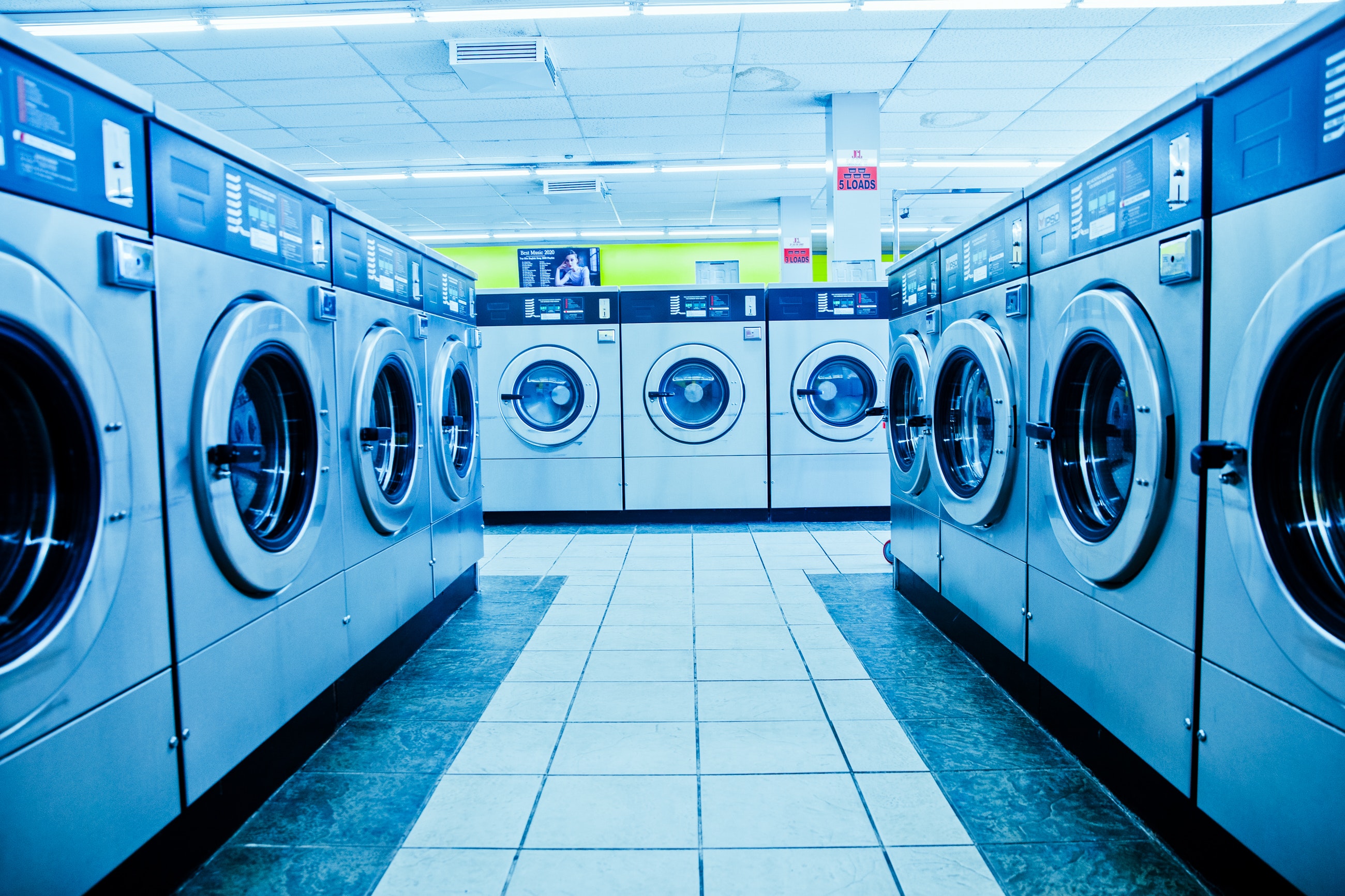Wastewater Heat Recovery: During the washing process, hot water is often used to remove stains and dirt from clothes. Heat recovery systems can capture the heat from the wastewater generated during this process. The recovered heat can then be used to preheat incoming cold water, reducing the energy required to heat the water to the desired temperature for the next washing cycle.
Dryer Heat Recovery: Clothes dryers generate a significant amount of heat as they evaporate moisture from wet clothes. Heat recovery systems in dryers can capture some of this heat and use it to preheat the incoming air, reducing the energy needed to heat the air to dry the next load of clothes. This can be achieved through various methods, such as air-to-air heat exchangers.
Steam Boiler Heat Recovery: Many industrial laundries use steam boilers to provide heat for washing and drying operations. Heat recovery systems can be installed to capture and reuse the waste heat from these boilers, improving overall energy efficiency. This recovered heat can be used for space heating or other processes within the facility.
Exhaust Air Heat Recovery: Dryers and ventilation systems often expel hot air and steam-laden air to the outside. Heat recovery systems can capture this hot air and use it to preheat incoming fresh air. This reduces the energy required to heat the incoming air for the laundry facility and maintains a comfortable indoor environment.
Heat Pump Dryers: Heat pump dryers are a more energy-efficient alternative to conventional tumble dryers. They work by using a refrigeration cycle to capture and recycle heat from the drying process, rather than venting it outside. This technology can significantly reduce energy consumption.
Combined Heat and Power (CHP) Systems: In larger laundry facilities, combined heat and power systems can be employed to simultaneously generate electricity and recover waste heat. The electricity generated can be used to power laundry equipment, while the waste heat is captured and repurposed for various heating and hot water needs.
By implementing heat recovery systems in laundries, businesses can reduce their energy consumption, lower operating costs, and reduce their carbon footprint. These systems not only contribute to environmental sustainability but also improve the overall efficiency and profitability of laundry operations. The specific heat recovery methods employed will depend on the size and type of laundry facility, as well as its energy needs and budget constraints.
